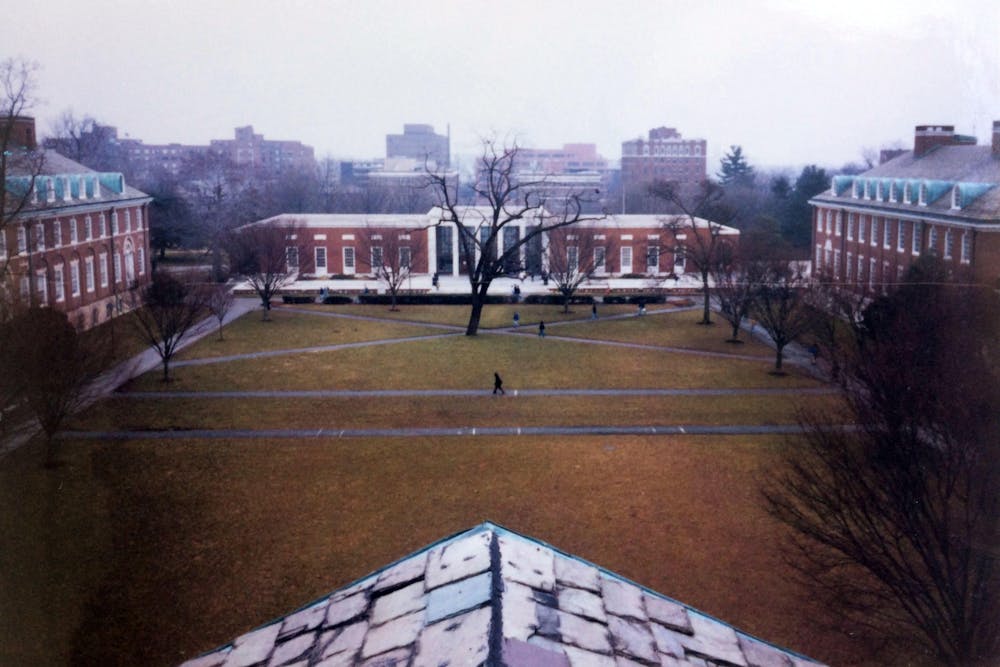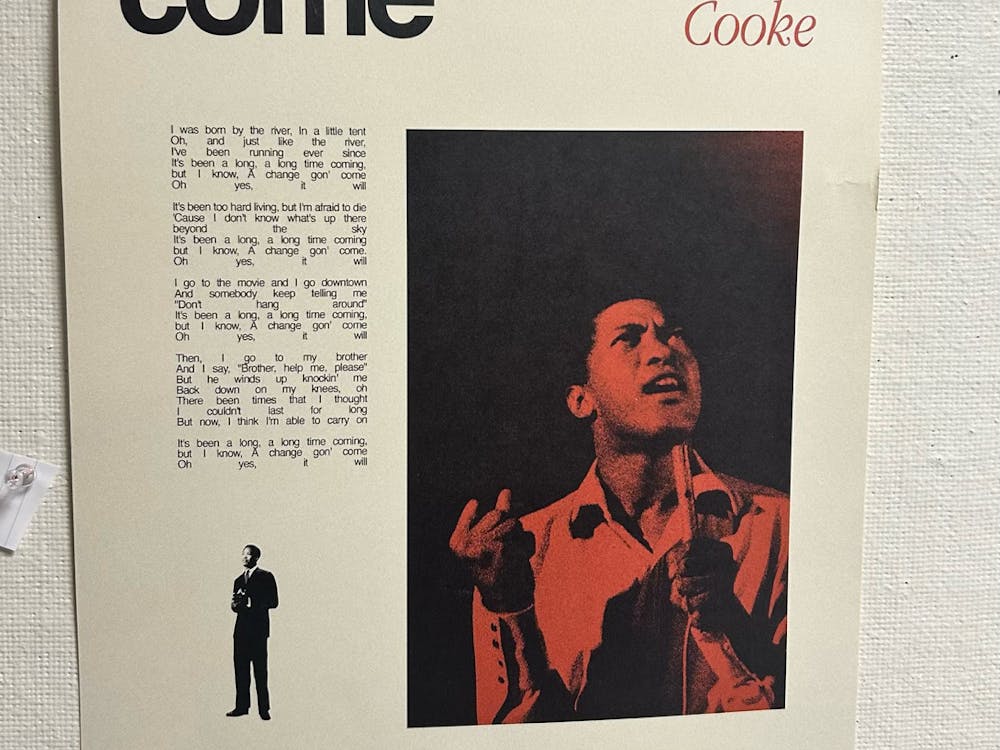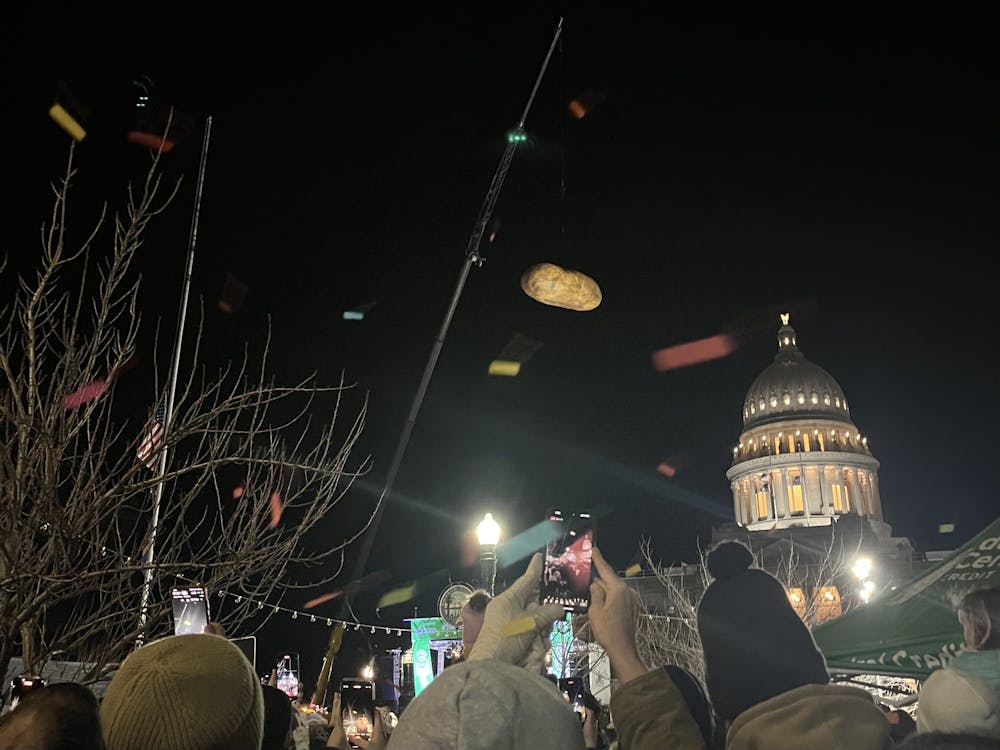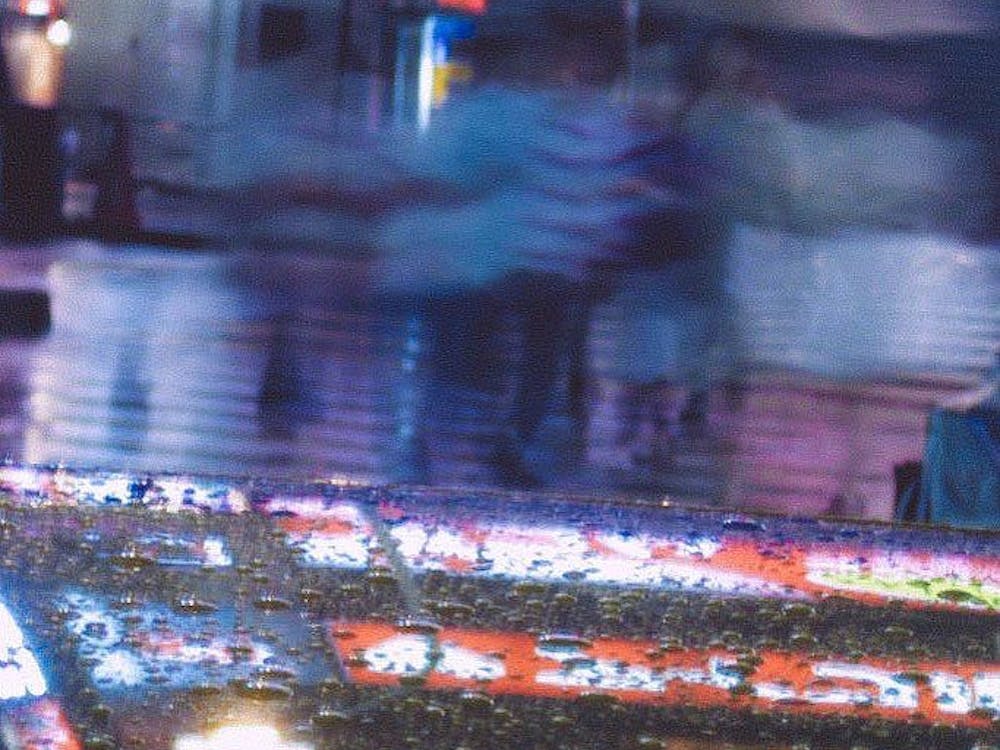Miriam E. Tucker began writing for The News-Letter in her junior year during the fall of 1984, and served as Co-Science Editor from 1985 to 1986. She focused on stories about medical research, often taking the Hopkins shuttle to the School of Medicine and interviewing doctors about their research. That background led her to a writing job with the International Medical News Group LLC in Rockville, Md., where she worked until 2012. She now freelances for several different media outlets, including the Washington Post, National Public Radio’s Shots blog and WebMD’s professional site Medscape. She writes extensively about diabetes, a condition she has lived with since 1973.
The News-Letter: How did you get involved with The News-Letter?
Miriam E. Tucker: It wasn’t long before I joined that the Science section had been started in The News-Letter. I remember meeting the guy that started it and he was only a few years ahead of me. I want to say maybe it started in the early ‘80s.
When I went to Hopkins I was like, “I’m gonna cruise through all the science and go straight to medical school.” They had this five-year accelerated program. I thought, “Yeah, I’m gonna do all this and be a doctor.” But I got stopped up by organic chemistry and mol/cell biology and all those very rigorous science classes. I had done really well in high school and didn’t think about how much more intense it would be at a place like Johns Hopkins. I had to rethink. My grades weren’t great. After sophomore year, I had to think, “Do I really want to go to medical school? If I do, then I have to really think about changing classes, changing schools.”
But then I really thought about it, and I was like, “Oh, what do I like? What do I want to do?” And I really liked the medicine. I really liked the science. But I didn’t necessarily want to do it with my hands. So I really had to think about it, and that summer was a really bad summer between sophomore and junior year. I had been a biology major which was really rigorous, and you had to take a lot of different classes. So the one thing I decided was, “Ok, if I’m not gonna go to medical school, if I’m not gonna kill myself and take the MCAT, at least I’ll back off on the major.” So I changed my major to Natural Science, which allowed me a lot more electives. So I started taking writing classes, psychology classes, more classes in different areas.
I went to an open house the beginning of junior year that was held at the Gatehouse. Everybody was there from the different sections. People were clamoring around the News Editors, the Sports Editors and the Features Editors. Off in a corner were Katy and Ed, two people from my class who I knew who were the Co-Science Editors, and nobody was talking to them. I looked at them and Katy said, “Miriam, do you want to write about science?” And I’ll never forget that moment because I said “Yes. I do.”
And I hadn’t even really thought about that walking in there. But as soon as she said it — and she was kind of joking because they weren’t really getting much attention — I just said yes. Definitely. So I started writing medical news. I would talk to doctors at the [School of Medicine]. I would take the shuttle bus, and go to the [School of Medicine]. I would take a little cassette tape recorder and record them talking about their work. Sometimes they would take me to their labs, show me what they were doing. And I would write stories, and I just thought, “Wow, this is something I could do.”
One really cool story I wrote — I doubt this is still there — but on Charles Street right in front of campus, there was one lane of traffic that was all sparkly, and I wondered what it was. Ed happened to know. He said it was called “glasphalt.” There was a whole story behind it. It [was] made of recycled glass that was embedded into the cement. So I went to Baltimore City Hall and found the one guy who knew all about it. This guy knew everything. It turned out there were different streets in Baltimore that had this glass embedded in it. He explained it was done in different parts of the city [and] was supposed to be this great ecological thing with recycling glass bottles, but it really was more expensive than just regular cement. It didn’t really take off. But I wrote a story, and the headline was something like “All That Glitters is Not Gold: What’s that Lane in Front of Hopkins.” So that was cool, and I decided that this is what I want to do.
It just so happened that around that time — my senior year — it was the first year that a master’s program in Science Writing was started at Hopkins, with Horace Judson. I took his class. It was a graduate-level class and really the field of science writing was just getting started.
Around the time I was graduating, there was an ad in the Washington Post for a job in Rockville, Md. They were looking for someone who had been the science editor of their college newspaper and could write about medicine. So I answered the ad, got the job, moved to Rockville and stayed at that job for 26 years.
What I do for Medscape now is very similar to what I was doing at my old job: writing a lot of stuff from medical journals, interviewing doctors, traveling to medical meetings. [I have] since been covering medical meetings virtually, but [I will] hopefully [be] going back to flying [to] places because I love that. [I love] hearing talks, talking to doctors, getting quick comments, sticking a tape recorder in their face.
Honest to God, if it weren’t for The News-Letter? I really crashed and burned in my science classes at Hopkins. I did well in the psychology classes, in the writing classes. Once I started writing for The News-Letter, I kept telling people, “I wish this were part of my GPA because this is what I’m meant to do.” It really helped me. [I became] an editor within a year because no one else wanted [the position]. I credit The News-Letter, honest to God, with saving me in a way by giving me direction. I mean, I’m still doing what I was doing when I was in The News-Letter. I’m getting emotional talking about it, but that is exactly the influence of The News-Letter. It’s given me my direction, my identity.
N-L: Are there any really funny or good personal stories from your time at The News-Letter?
MT: I kind of lived in the Gatehouse. I had a key. I probably still have a key. I used to go in there and felt like “This is my little house. I belong here,“ whereas I didn’t necessarily feel that in the dorm I lived in or even the apartment I lived in. We just had some good times. We all knew each other. We were all buddies. It was a gang. It was a family.
N-L: Do you remember The News-Letter impacting the greater student body at Hopkins while you were there?
MT: Anything that was going on was covered, and we were pretty proud of that. I remember there were all the apartheid protests and we were covering that at the time. I don’t remember whether everybody was reading it or only a subset of the student body, but regardless of whether people were reading it, what we wrote about was affecting everybody. I can’t say for sure the impact. Just like right now, what I write now — I have no idea [the impact]. You know how many papers get taken from the box, but how many read it? It’s hard to say.
N-L: Did you have any other traditions with The News-Letter?
MT: We used to drink after we were done publishing it. After we got it out the door, we would have some beers. Back then, when I first got to Hopkins, Maryland had just changed the drinking age from 18 to 21, but those of us who had been born prior to July 1, 1964 were grandfathered in. I was 18, but my birthday is June 21 so I had made it by 10 days. I was legally allowed to drink when I was a freshman, which changed completely after everybody aged out. We’d get pizza a lot. I know we used to go to The Rat afterward. Thursday nights we were getting the paper out, but Thursday nights were also The Rathskeller, a bar in one of the apartment buildings across the street. It was like a little dive. It was really special for me to be there, to be able to be a part of it at the time and move the science reporting forward.





